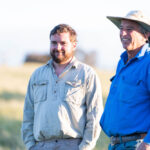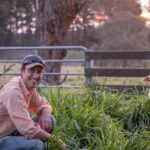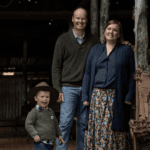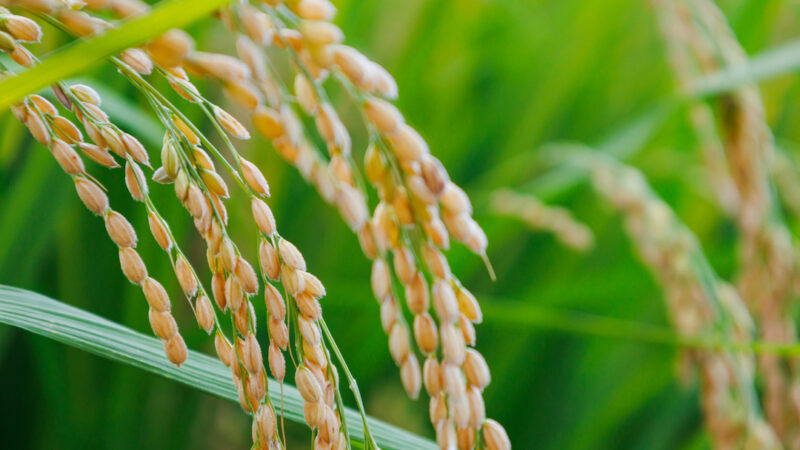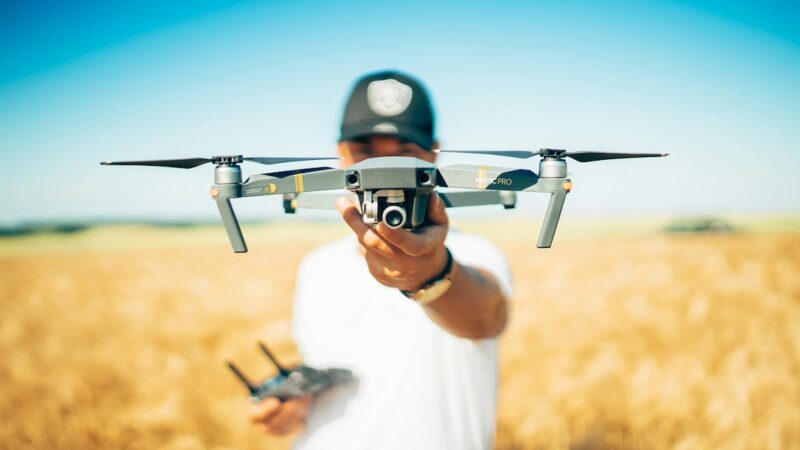These colourful stories show us what can happen when families pull together and work towards…
Sheep “Feedlot of the Future” to be developed by Charles Sturt University
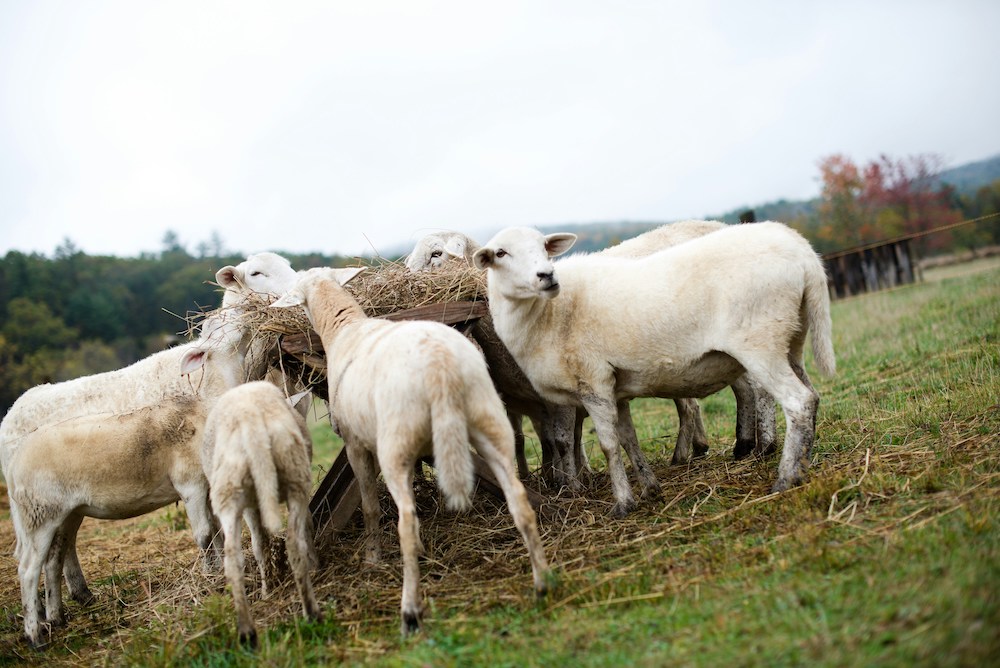
More than $50 million is being invested into projects which will benefit the Australian agriculture industry, including a sheep ‘Feedlot of the Future’ in Wagga Wagga.
Charles Sturt University is driving agricultural innovation with a new research facility to shape lamb feedlots, investing more than $50 million into projects which include developing a “Feedlot of the Future” for sheep in Wagga Wagga.
Commonly used only by cattle, the new sheep feedlot investments, facilitated through Charles Sturt University, the Agrisciences Research and Business Park (AgriPark) and key industry partners, will build on the existing investments in agricultural research.
Charles Sturt University’s Red Meat Innovation Centre was helping develop the new system, which aimed to pioneer advancements in lamb feedlots. The facility was in the midst of setup and would soon house spring lambs.
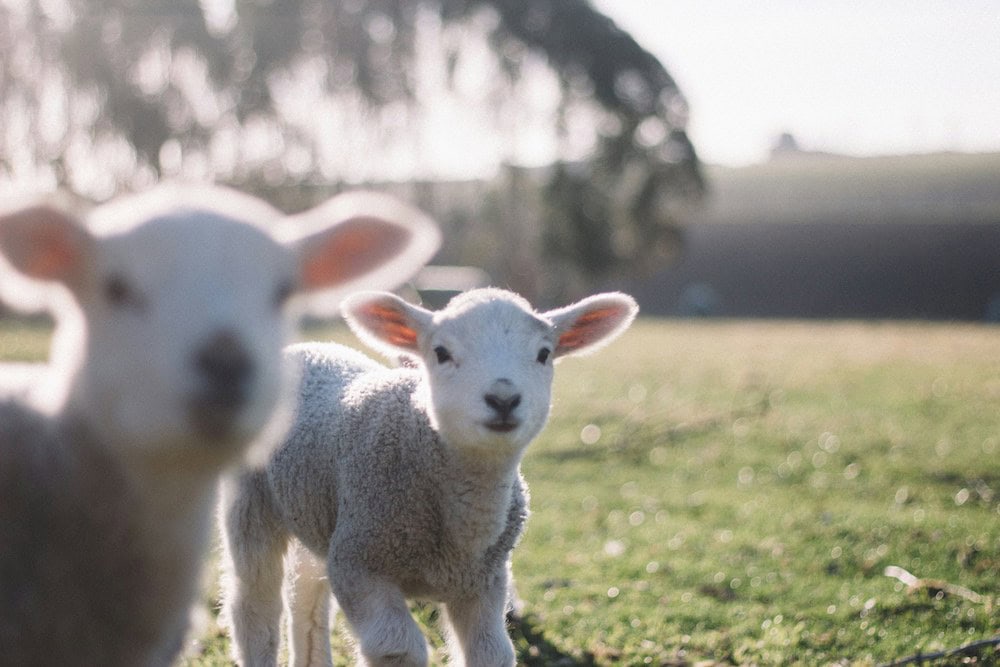
According to Charles Sturt University, key initial research would focus on enhancing nutrition to boost digestion and productivity, lowering carbon footprints, and exploring renewable energy technologies, particularly waste-to-energy conversion.
With an investment of approximately $2.5 million, the facility was unique due to its full automation and strong industry support. The facility would also serve as an educational resource for Charles Sturt University students, offering them opportunities to engage in research or observe a commercial feed operation intertwined with significant research and trials.
NSW Farmers Sheepmeat Committee chair Chris Kemp congratulated Charles Sturt University on the initiative. He claimed there was a huge variation in the professionalism in lamb feedlots, but the industry was undergoing some much-needed changes.
“There has been a lot of capital expenditure of lamb feedlots that’s happened over the past five years, so there’s no doubt there’s been considerable changes in the industry. Now we have these larger feedlots that are not significantly impacted by the weather,” Mr Kemp said.
“Before feedlots, lamb feeding used to rely more on the seasons, whereas lamb feedlots take some of those climatic conditions out of the equation and allow a good product to be produced on a year-round basis.
“We welcome any innovations that are brought into this space to improve productivity and the welfare of the animals. So, anything that Charles Sturt University can do in terms of research and trials to improve our process of feedlotting is very welcome news.”
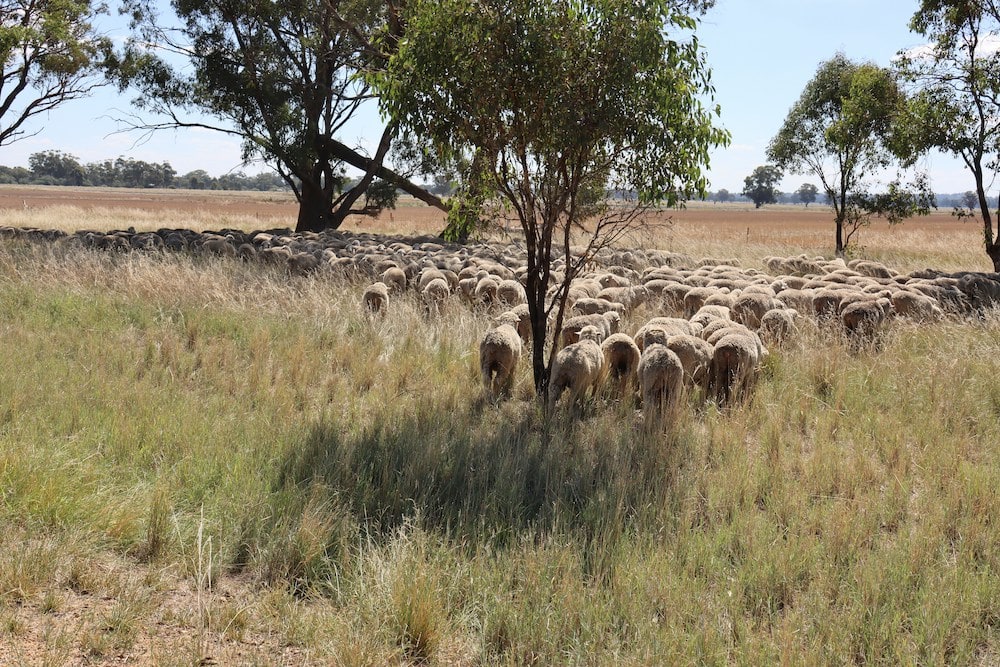
Other Charles Sturt University investments include:
- $22 million over three years for various projects at the Global Digital Farm, an integrated digital learning, innovation, and research environment working within a full scale, commercial, mixed farm operation.
- $20 million over three years for various projects in the Renewables in Agriculture program, including bringing the first hydrogen tractor to Australia.
- $10 million across various projects in the Cool Soils Initiative, which supports farmers in exploring their practices to improve the health of their soil, increase their yield, and reduce on-farm greenhouse gas emissions. This program is being expanded into Western Australia for the first time.
- 8 million towards a circularity Centre of Excellence being developed in Wagga Wagga.
Charles Sturt University Vice Chancellor Professor Renée Leon said the investments would help unlock opportunities and push the national agricultural industry towards its goal of exceeding $100 billion in farm gate output by 2030.
“These investments mark a significant step towards realising the vision of a more sustainable, innovative and resilient Australian agriculture sector,” Professor Leon said.
“Charles Sturt University is at the forefront of innovation across the board, but our agricultural research is truly leading the way on a global scale. By collaborating with sector-leading partners we are able to better leverage our researchers’ cutting-edge innovations to serve the needs of primary producers and the industry as a whole.”
Professor Renée Leon, Charles Sturt University Vice Chancellor
Federal Agriculture Minister Murray Watt congratulated CSU on the investments.
“We know that climate change is impacting the profitability and productivity of farms around the country,” Mr Watt said.
“So, it’s fantastic to see more serious investment to help advance the development of technology to help farmers reduce their emissions. Initiatives such as this are good for farmers, good for Australia and good for our economy.”
CSU also recently announced it would lead the AgriTwins project as part of CSIRO’s Next Generation Graduates Program. The University’s Artificial Intelligence and Cyber Futures Institute (AICF) and the AgriPark will spearhead a new era in Australian agriculture through the education of 11 research students, eight PhD students, two master’s students, and one Honours student in the fields of advanced artificial intelligence and cybersecurity.
The project was a $1.59 million dollar collaboration between nine industry, four academic partners, and CSIRO to recruit students to specialise in digital twins and agriculture.
For more information: https://agripark.csu.edu.au/innovation/red-meat-innovation-centre
If you enjoyed this article on research and development into sheep feedlots, you may like to read about the new landmark initiative to bolster Australian biosecurity.


